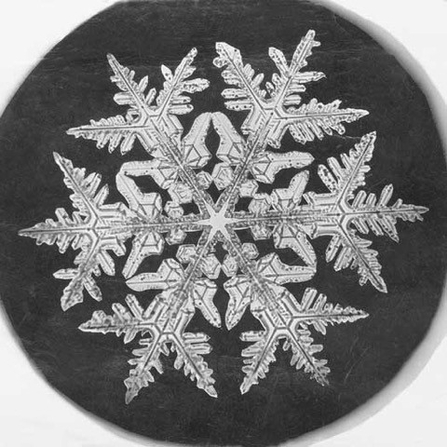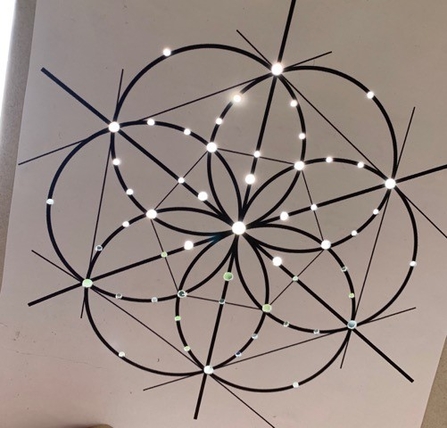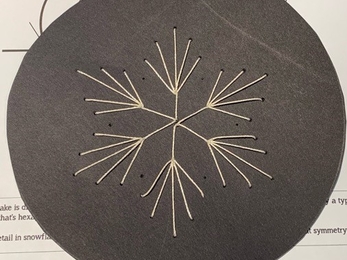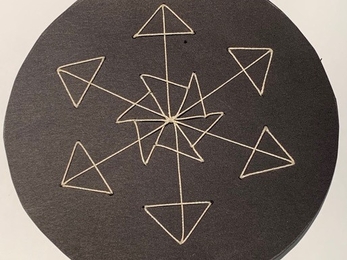There are two qualities that make up the detail of the snowflake. Symmetry and Chaos. Water vapour is the only ingredient.
As water vapour crystallises it wants to have a sixfold or ‘hexagonal’ pattern - that’s its symmetry bit. The different weather is the chaos bit. The water vapour will experience lots of different temps and fluctuations which break that symmetry.
No two snowflakes experience the same and that means no two snowflakes will be the same. The different weather that the water vapour (which will become our snowflake) is exposed to as it falls through the atmosphere causes the symmetry to form in different versions or break the symmetry completely.





